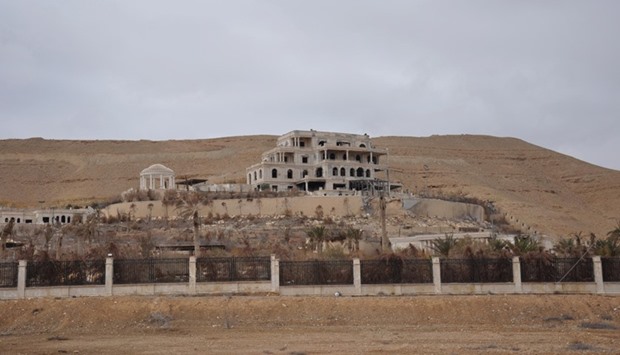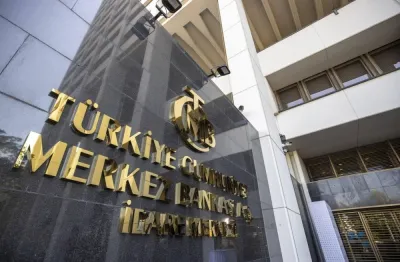Maamoun Abdulkarim told Reuters that video from Palmyra after it was recaptured by the Syrian army has shown less damage than archaeologists feared when pictures emerged at the beginning of the year suggesting Islamic State had smashed more monuments.
Under heavy Russian air cover, the Syrian army and allied militias drove the jihadist group out of the UNESCO world heritage site on Thursday, two months after they had seized it in a surprise advance.
Fears of a new assault on Palmyra's heritage were raised after pictures in January showed the group had destroyed parts of the Tetrapylon, one of the city's most iconic monuments, and the facade of the second-century Roman Theatre.
They had already destroyed other landmarks, including a 1,800-year-old monumental arch, during their first occupation of the city which ended a year ago last March.
But Abdulkarim said preliminary photographs and video from the city showed almost no further damage than what was already known.
"Really, our hearts had been overwhelmed with fear of a complete explosion of the theatre," Abdulkarim said.
"We thought the situation would be much worse, that there would be eradication, that they [Islamic State] would complete their crimes from the first occupation," he added.
Abdulkarim said he would visit the area soon for a better assessment, but added: "At least there is some sense of tranquility after we received the initial photos. The general situation is reassuring."
Some of the damage could be repaired, he said. "Except for the previous destruction, the state of the theatre looks good," Abdulkarim said. "Even that destroyed section could be repaired. It had already been restored, and it will be again."
Palmyra, known in Arabic as Tadmur, stood at the crossroads of the ancient world.
"We had received terrifying information that there might have been a revenge crime against the entire citadel," Abdulkarim said. "There is some damage, but in general, the citadel is fine too."
Frontlines
Broadcasting live from inside Palmyra on Friday, Syrian state television showed pro-government forces and army troops celebrating atop the historic citadel on the outskirts of the city.
The army narrowed in on the militants from three different directions, a field commander said on state television. "We opened frontlines along all those directions," he said.
In December, Islamic State swept into Palmyra as the army and its allies focused on defeating rebels in Aleppo. Eastern Aleppo fell to the government in its most important gain of the war, which has killed hundreds of thousands and created one of the world's worst refugee crises.
Islamic State is now on the back foot in Syria after losing territory in the north to an alliance of US-backed, Kurdish-led militias, and to Turkey-backed Syrian rebel groups.
The Syrian army is also fighting Islamic State east of Aleppo city, where it is pushing to reach the Euphrates river, and in the city of Deir al-Zor, where it controls an enclave besieged by the militants.
However, the jihadist group still holds swathes of territory in Syria, including around the Euphrates basin and the country's eastern deserts along the border with Iraq.



